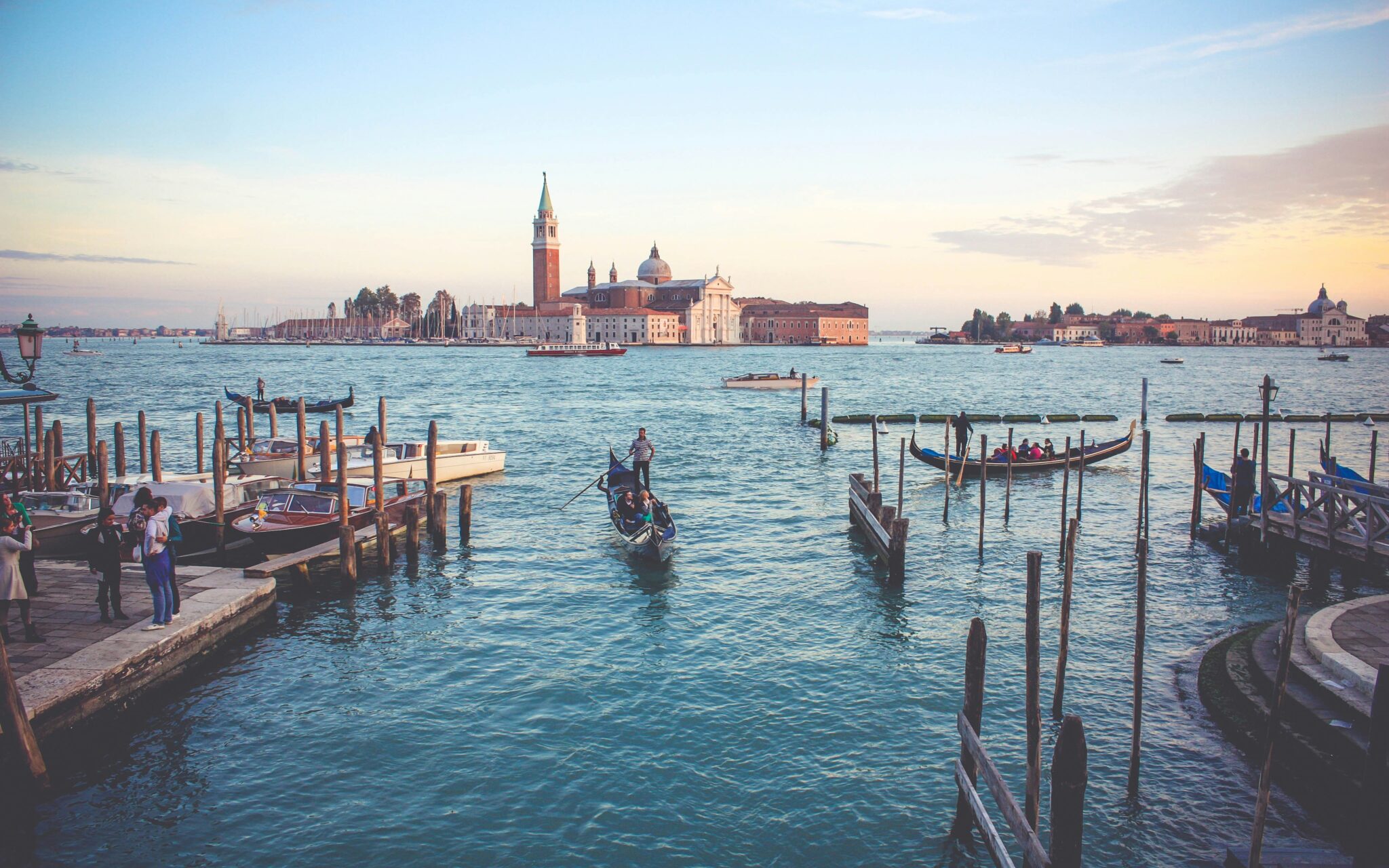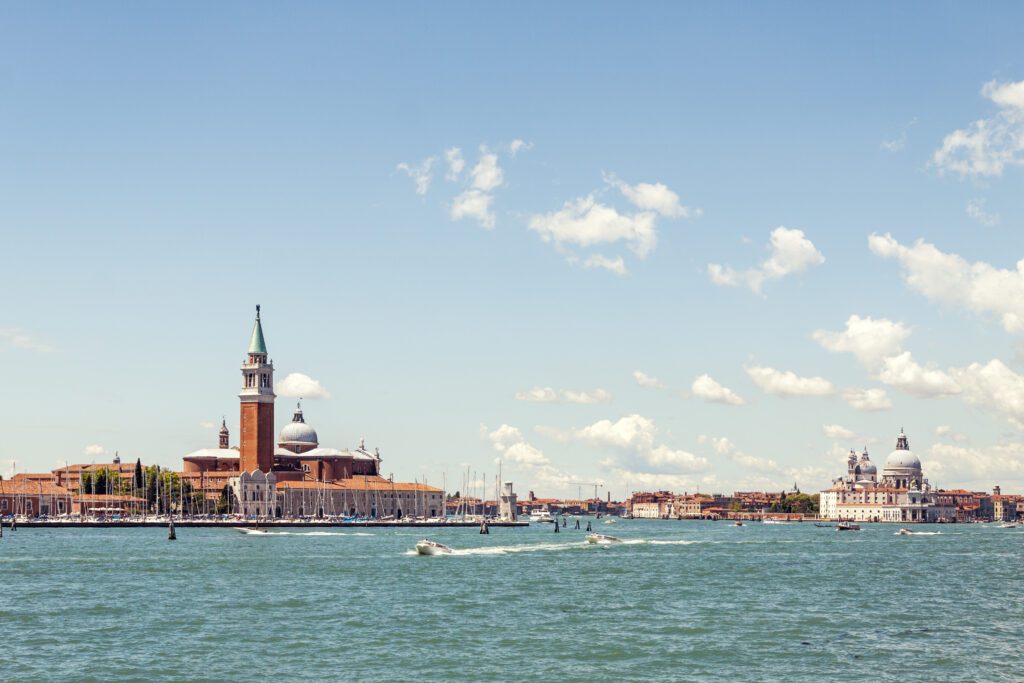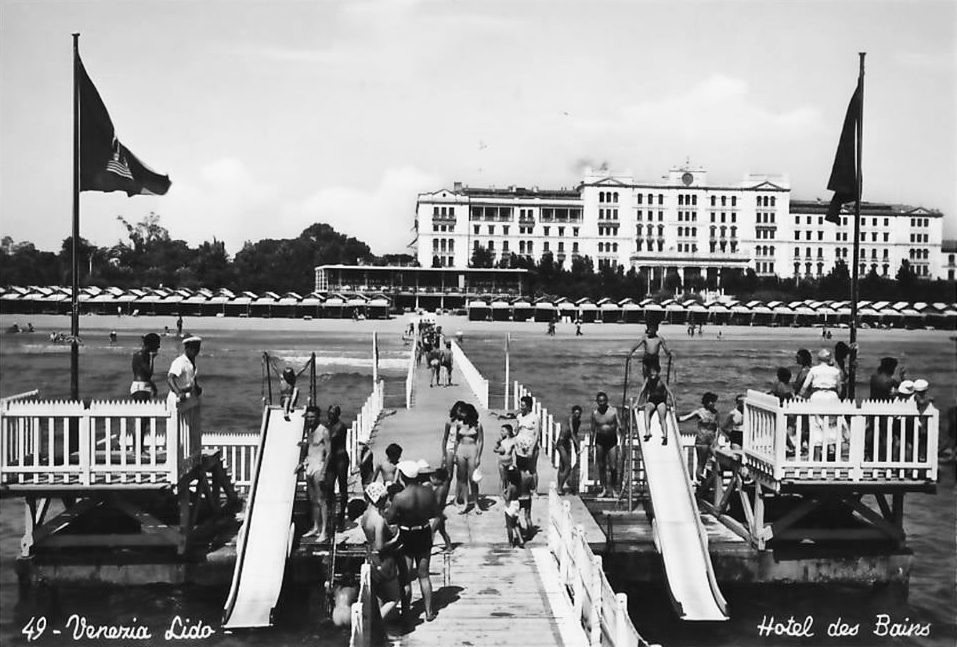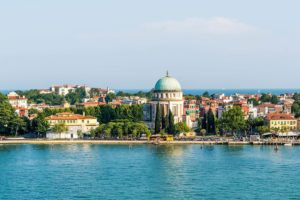The floating baths and hydromassage gondolas that dominated the Grand Canal in the 19th century

The unusual floating bathing establishments facing the Lagoon
It seems surreal when imagining the peculiarities that currently characterize the city, but when towards the end of the 18th century Europe rediscovered the healthy practice of immersing in sea waters, Venice did not miss the opportunity to create very special bathing establishments. The first dates back to 1908 and is signed by Giannantonio Selva, the architect who also created the splendid Teatro La Fenice. It was a project specifically designed for the Giardini di Sant’Elena, with which Selva aimed to offer Venetians a place of leisure that embraced water in an unusual way.
The creation of the first real floating bath establishment, however, is due to Tommaso Rima, the Swiss doctor who, since 1807, was in charge of surgery in the military hospitals of the peninsula. Medicine, for some decades now, supported the benefits of thermal baths and was increasingly focused on the morphological conformation of the Venetian lagoon, extolling the quality of its waters: not violent and impetuous like marine waters, but not stagnant either. The Rima Baths, anchored at Punta della Dogana from June to September until the last years of the 19th century, housed a swimming pool, a café, and a large hall shaded by some tents, open on two loggias overlooking San Marco. The options for relaxing were varied: there were some rooms offering the possibility of hot or cold baths, water or steam baths, as well as a barge anchored to the establishment that allowed immersing feet in the Lagoon. The extraordinary addition was a real hydromassage gondola, structured through a system of grids.
And do you remember Fisola? The entrepreneur from Pellestrina who invented the famous Capanne del Lido, which you can read about here, had other ideas that were not as successful as those intended for the island. He had the ambitious project of expanding Riva degli Schiavoni, equipping it with an establishment consisting of 150 baths, ballrooms, restaurants, gardens, and a theater. However, he was blocked by the Austrian government, which rejected his proposal due to what were defined as military security issues. From the mid-century, his attention shifted to the Lido, to which he anchored for the management of the future of saltwater baths.

Venice in Celebration: A Journey Through Sport, Tradition, and Culture

The Venice Carnival in 2025 meets Casanova










